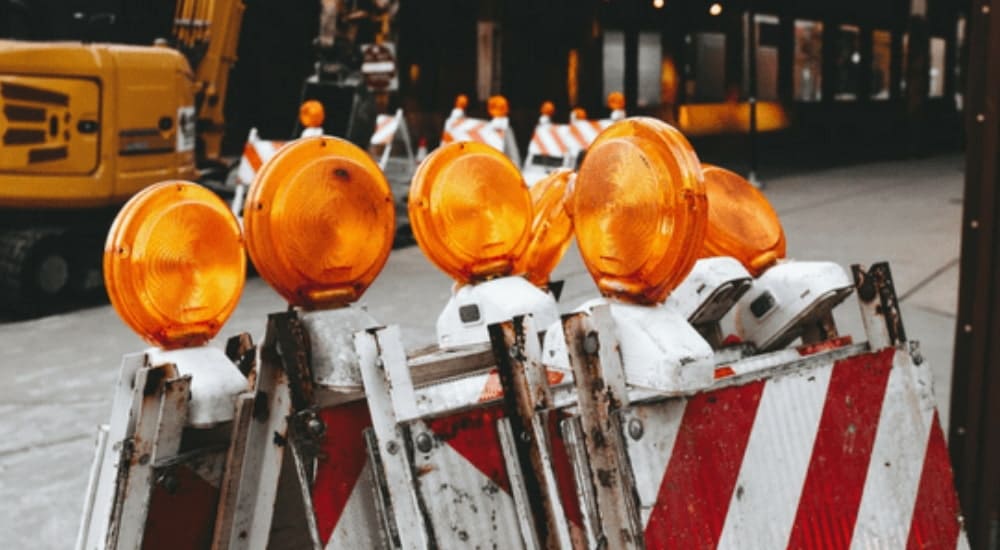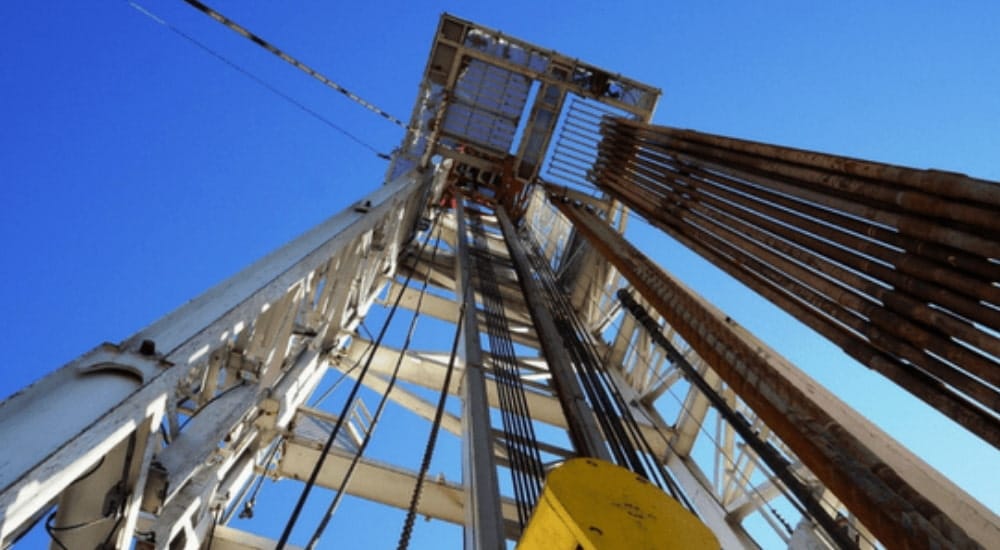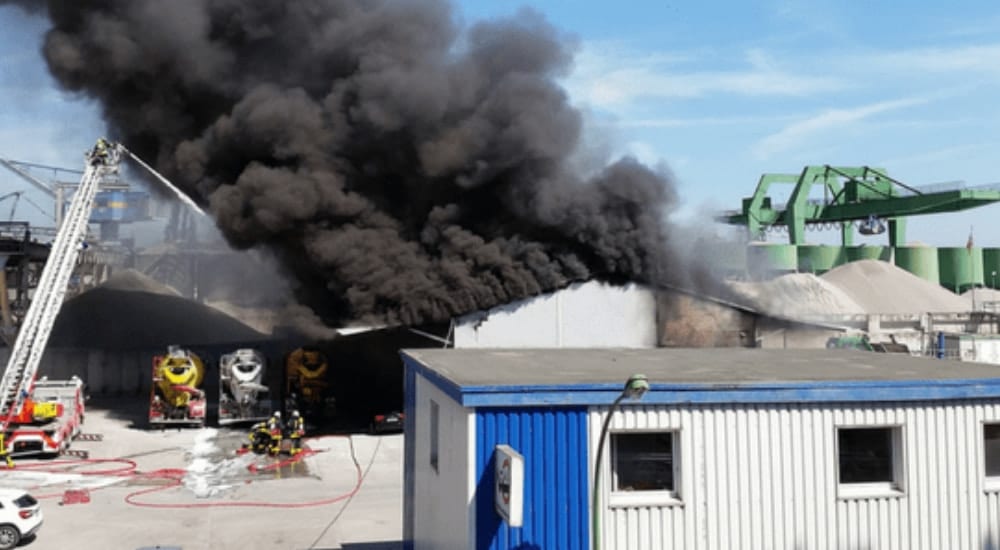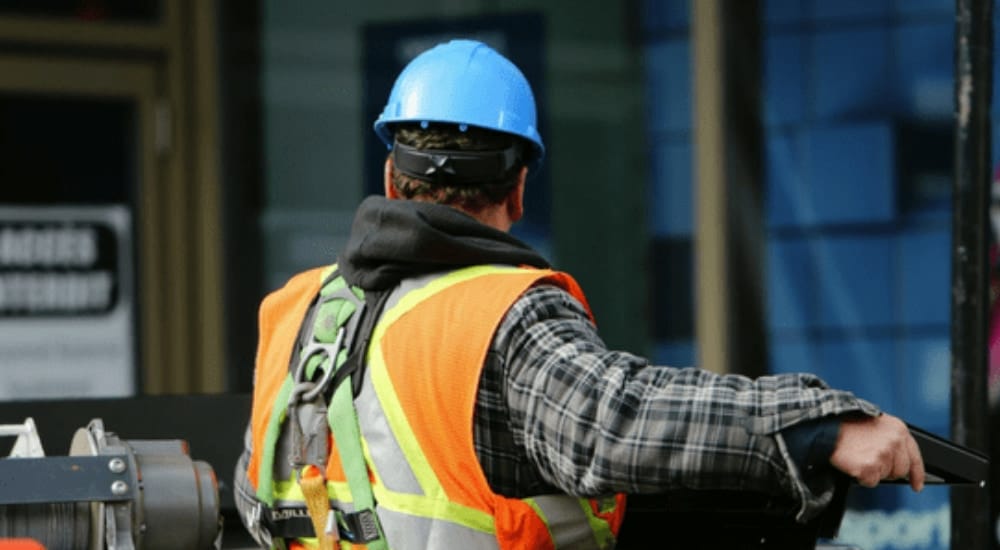Common Oil Rig Injuries Highlight Job Hazards
The oil and gas extraction industry can be a lucrative business, with the promise of hefty salaries, luring hundreds of thousands of workers to the fields every year. This is especially true in recent years; despite regular boom and bust phases, the industry has rebounded heartily since the oil price crash in 2014. According to recent research, nearly 90% of oil and gas industry employers reported that they expected either to hire more employees in 2018 (60%) or to keep staffing levels constant (close to 30%), and industry analysts have announced the United States is on track to become the world’s largest producer of oil in 2018.
Behind the scenes of such booming growth and the promise of record profits, however, is difficult and dangerous work. Ever-higher quotas, productivity and profits are regularly prioritized over employee safety. Common oil rig injuries, such as those caused when a worker is struck by an object, falls off equipment or is caught in machinery on the job, are often due to three factors: the fast-paced nature of the oil extracting business, inadequately trained workers and a lack of proper safeguards. When these elements combine, they can create the perfect conditions for accidents with often tragic consequences.

Oil and Gas Accident Statistics
The upstream oil and gas industry has one of the highest severe-injury rates in the country and the world, with a 2015–2016 rate of 148.9 injuries per 100,000 workers. This high rate is unsurprising, considering the industry’s culture in which worker safeguards may not get the attention they deserve.
When oilfield workers are pushed to produce as much as possible, as quickly as they can, they must sacrifice caution for productivity. Workers may not be properly trained when they are hired, either in safety precautions when operating heavy machinery, navigating high-up rig decking, handling hazardous materials or even in how to use the machinery and equipment that are the tools of their trade. It is also not uncommon for oilfield equipment to be poorly maintained. Shortcuts like these represent failings that are, or at least can appear to be, efforts to maximize production and profits at workers’ expense.
Oil and gas accident statistics from the U.S. Bureau of Labor Statistics show that the most common type of oilfield accident is workers being struck by falling objects, often from collapsing decking or work rigs. The next most common oil rig danger is workers being caught in malfunctioning or defective equipment or machinery. Workers are also regularly involved in vehicle crashes, as well as accidents due to slipping and falling off the rigs or other equipment. Depending on the location of the oilfield, workers can be involved in tragic accidents if they drive while fatigued, leading to one of the more common truck accident causes.
Specific injuries that workers can incur in these common oil and gas accidents include:
- Finger or fingertip amputation
- Bone fractures
- Traumatic brain injuries
- Puncture wounds and lacerations
- Burns, including chemical burns
- Hearing loss
- Vision loss
Another type of workplace hazard that is common in the oil and gas industry is related to worker drug use. Drug trafficking and abuse are on the rise in the industry because of the high demands of oil rig jobs combined with the high wages that workers are paid. When workers are pressured to maintain long hours and a high level of output on the job, and they can afford drugs that will help them meet the demands of their jobs, drug use and abuse can become rampant.
Use of stimulants like cocaine and methamphetamine is particularly common among oil rig workers who could not conform to such high productivity standards without them. Despite certain drugs’ performance-enhancing effects, however, employees who work while under the influence of drugs or alcohol contribute to the likelihood that an accident may occur.
Many oil companies and contractors are beginning to adopt more stringent drug-testing policies, including administering drug and alcohol tests to employees following an accident to determine whether substance abuse was a factor in the incident. Unfortunately, but not surprisingly, it is common for oilfield employees and job applicants to fail these drug tests.

OSHA Oil and Gas Safety Regulations & Statistics
The collection of data on severe injuries—those resulting in hospitalization and/or the loss of a body part—is relatively new in the oil and gas industry. Oilfield employers have been required to report severe injuries to the Occupational Safety and Health Administration (OSHA) only since 2015. Prior to that year, they were required to report to OSHA only fatalities and catastrophic accidents that resulted in the hospitalization of at least three employees; all other, less severe accidents and injuries went unreported.
Even with the new rules regarding injury reporting, OSHA data from 2015 to the present is incomplete due to 21 states not being included in the reporting. In those states, which include California, New Mexico, Utah and Wyoming (all states with significant oil and gas industries), oilfield employers are required to report injuries only to state agencies, not to OSHA.
Despite the incompleteness of the available oilfield injury data, however, it is clear that the oil and gas industry’s high fatality rate is due to the many safety hazards associated with the industry.

Oil Rig Accidents Due to Flammable Gases
While injuries and fatalities related to explosions and fires are less common than other types of oilfield accident injuries, they do occur. Workers who drill or service oil wells are required to handle a variety of hazardous materials, many of which are highly combustible, such as hydrogen sulfide gas.
Oilfield workers are also exposed to materials, such as airborne silica and diesel particulate matter, that can be harmful to the skin, eyes or lungs. When workers are exposed to harmful levels of these or other hazardous materials, they can suffer both acute and chronic illnesses, burns or other injuries as a result.

Safety Procedures in The Oil And Gas Industry
Workplace accidents in the oil industry could be greatly reduced if workers were provided with adequate training in both equipment use and safety precautions. Proper maintenance of oilfield equipment would also help reduce accidents in the fields.
There are, of course, many safety measures already in place on most oil rigs, but they may be inadequate in such a hazardous environment. Oil rig workers are required to wear hard hats, for example, but these often don’t provide enough protection in the case of a fall, explosion or being struck by a falling object or collapsed deck. Many oil rig workers have incurred traumatic brain injuries from being struck on the head on the job, even though they were wearing hard hats as required.
In the case of injuries related to hazardous chemical accidents and exposures, OSHA recommends active monitoring of chemicals, along with worker training programs and proper head, eye, face and respiratory protection to minimize damage. As far as accidents related to oilfield machinery and equipment, there is potential for many types of injuries when workers come into close contact with cams, gears, pulleys, flywheels, belts, cranks and more. Accidents happen when equipment breaks, malfunctions or is not properly maintained. Thus, the recommendation for these types of incidents is to implement regular, comprehensive inspection and maintenance plans as well as utilizing safety control devices like tripwires, two-handed controls and barriers such as gates and protective shields.
Many oil and gas companies use the Job Safety Analysis Process (JSA) to help reduce workplace accidents and injuries. Any job on an oil rig that has the potential for accident or injury is a candidate for the JSA Process, which identifies hazards associated with each step of a particular task. That way, everyone involved in the job can participate in the JSA and work together to identify actions and procedures to minimize and guard against accidents and prevent injuries.
The Oilfield Accident Attorneys at Slack Davis Sanger Can Help Injured Oil Workers And Their Families
Despite initiatives like the JSA Process, workplace accidents, injuries and fatalities are still all too common in the oil and gas extraction industry. Employers may be negligent in the regular inspection and maintenance of equipment and machinery, or they may fail to provide adequate worker training or to mandate and enforce safety precautions among employees. But protecting workers is paramount to the industry, even if profit remains the bottom line, as accident liability and related lawsuits and settlements ultimately eat away at companies’ profits.
If you or someone you love has been involved in an oil rig accident, it’s time to contact Slack Davis Sanger. Our caring and competent oilfield accident attorneys are leaders in personal injury law. We have decades of experience in advocating for our clients who have been injured in or have lost a loved one to a workplace accident. Our attorneys have experience in the oil and gas industry’s complex laws and regulations, and we will work hard on your behalf to ensure you are awarded the compensation you deserve.

The firm handles cases involving catastrophic personal injuries and deaths. Our work spans three decades of handling airplane and helicopter crashes, truck and car accidents, oilfield and construction accidents, and other devastating accidents. We try lawsuits throughout the country in both federal and state courts and have recovered hundreds of millions of dollars for our clients. To date, we have handled or tried cases in 47 states, read more about our attorneys and firm.
